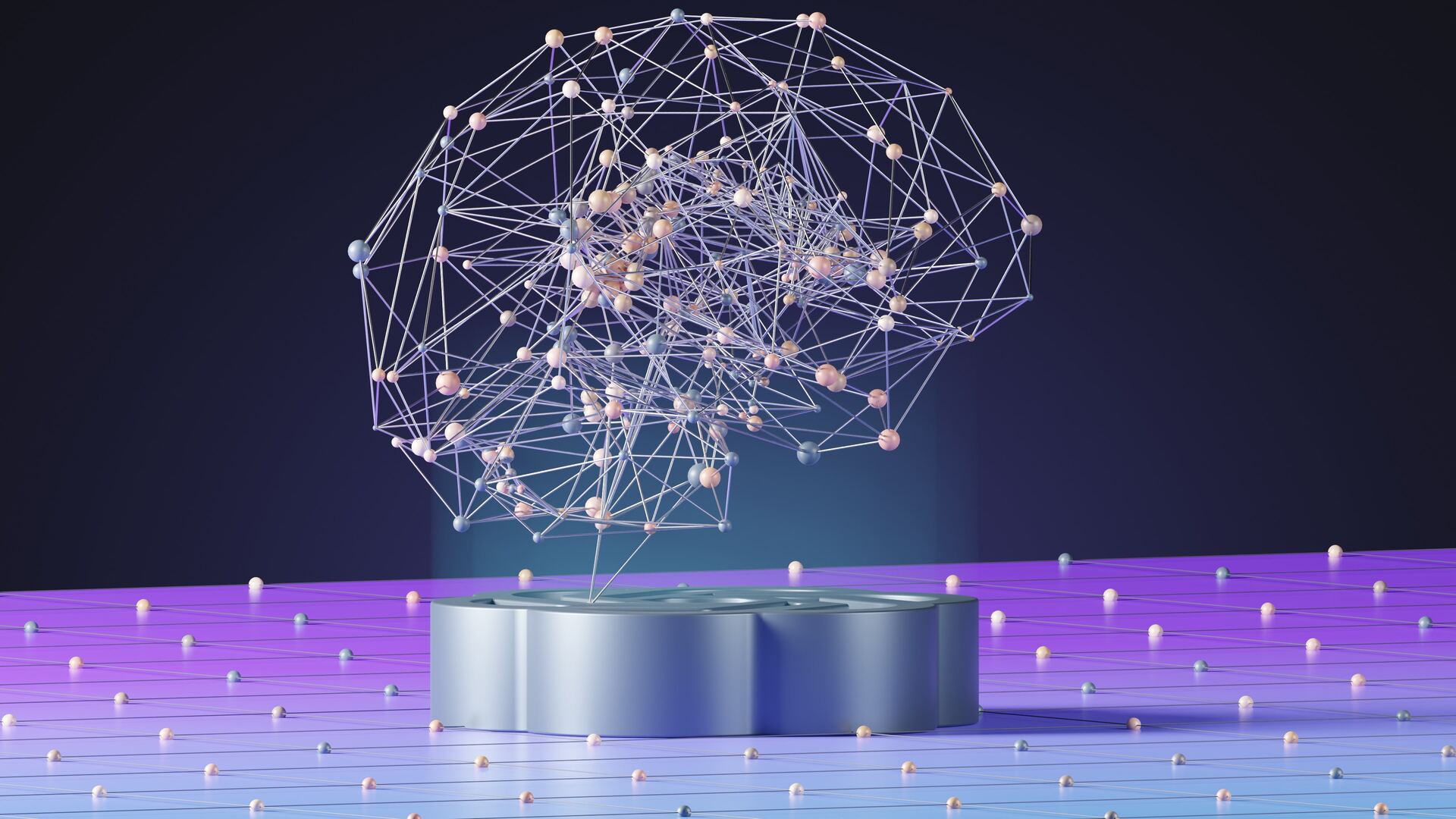
Grok AI vs ChatGPT – Chatbot showdown
Is the wittier answer to ChatGPT about to hit the market?
In the ever-evolving landscape of artificial intelligence, text-based chatbots have become integral in various domains, offering innovative solutions and enhancing user experiences. Let’s take a look at the differences and similarities between the worldwide famous ChatGPT, a prominent text-based AI developed by OpenAI, and Grok, Elon Musk’s newly announced tool.
According to X.ai’s website, Grok is “an AI modeled after the Hitchhiker’s Guide to the Galaxy, so intended to answer almost anything and, far harder, even suggest what questions to ask!” Grok seems to have been developed to be a “wittier” alternative to ChatGPT. It is meant to be a freer and less restricted type of bot: “don’t use it if you hate humour!”, X.ai’s website quotes. Musk is infamous for his online wits and “jokes”, and what the target audience for his new chatbots “humour” is, is yet to be understood. But let’s quickly compare the two engines.
1. ChatGPT source integration
ChatGPT taps into diverse sources, it does so to ensure you with a broad and theoretically comprehensive understanding of language and the context around it. Its model is built on the GPT-3.5 architecture, and it has been trained on an extensive dataset that includes a vast amount of internet text.
By text I mean any form of written information you can think of: articles, books, websites and any other form of textual resource. By incorporating such a huge and diverse range of sources and information, ChatGPT is able to generate responses that reflect and grasp the intricacies and complexity of the human language. These characteristics allow it to be an adaptable and rich source of answers to user’s queries.
2. Availability and updates
What OpenAi did with ChatGPT was in many ways a marketing success. I remember how crazy everyone went the first few days it was out, and how difficult it was to actually access it given the very heavy load on its servers due to the thousands of visitors. ChatGPT was made widely accessible, and offered both as a free and subscription-based plan. Developers, writers, businesses and anyone else was able to integrate it in their everyday life and explore its capabilities in everyday life. ChatGPT is continuously growing and being updated and refined, with OpenAI actively seeking user feedback and testing to improve and enhance its performance. ChatGPT Plus and ChatGPT4 offer additional benefits and priority of use during peak usage times, providing users with a seamless experience.
3. Downsides
Despite its strengths and revolutionary tools, like any AI model, ChatGPT has its limitations. It might sometimes generate false responses, as in replies that sound and read plausible but end up being incorrect or misleading. Especially taking into consideration that, at least ChatGPT 3.5, has had its last “knowledge update” in January 2022 and is not aware of any developments after that. The model might also use a slow grammatical pace and overuse certain words and phrases, hindering the fluidity of the conversation and requiring users to be more specific when giving it instructions. ChatGPT, like every AI system, is susceptible to biases present in the training data. Societies are flawed, written text is flawed and as a consequence, these flaws can get picked up and reflected in data and in the “final product”.
Now onto Grok
1. Grok source integration
Here is where it can get a bit weird. As we have seen above, ChatGPT data is collected from various sources and written texts. Grok is being trained from the (up to date) data sourced from X/Twitter, a social media platform. It is still very much in the beta testing phase, so it is hard to say how Grok will change and evolve with time. Users sure do hope so as they’ve so far described Grok as “primitive” and “unrefined”, but as developers work on it we should be able to see some degrees of improvements in the next year. Grok AI direct access to real-time information on social media raises many ethical questions and concerns about manipulation and the spread of hate speech and harmful information. Being trained on millions of user-written posts means that any form of misinformation and fake news could make their way into Grok’s database.
2. Updates, availability and downsides
When it comes to availability, Grok is not free, per se, and it’s only offered to X/Twitter users. In order to be signed up on the waitlist you’ll need to be a Premium+ subscriber on X. This means you need to be verified, and in order to be verified users have to pay X/Twitter around $16 a month. Having to go through all these loops and paywalls is not ideal, as people will always choose the easiest and cheapest option when given the choice. Its restricted accessibility and paywall hindered its spread, as many users are not aware of its existence, and even fewer seem to be interested in using it more than once or twice.
X.Ai’s plans for their newly born creature are ambitious, as the company plans to include an image and audio recognition tool that would allow users to find new ways to expand the use of these technologies in their everyday lives. Allowing Grok to analyse and interpret visual and auditory cues would put X.AIs product at the forefront of AI innovation. As far as I know it would be one of the first AI models to have this “all in one” option.
In conclusion, with its unique ability to respond to diverse inquiries and its real-time data access, Grok has the potential to become a knowledge hub possibly able to represent the “collective” hive mind of the Internet, providing users with access to a collection of experiences, thoughts and the ideas of millions of X users. Whether you find these prospects intriguing or scary, time will tell if Grok will live up to the hype.






